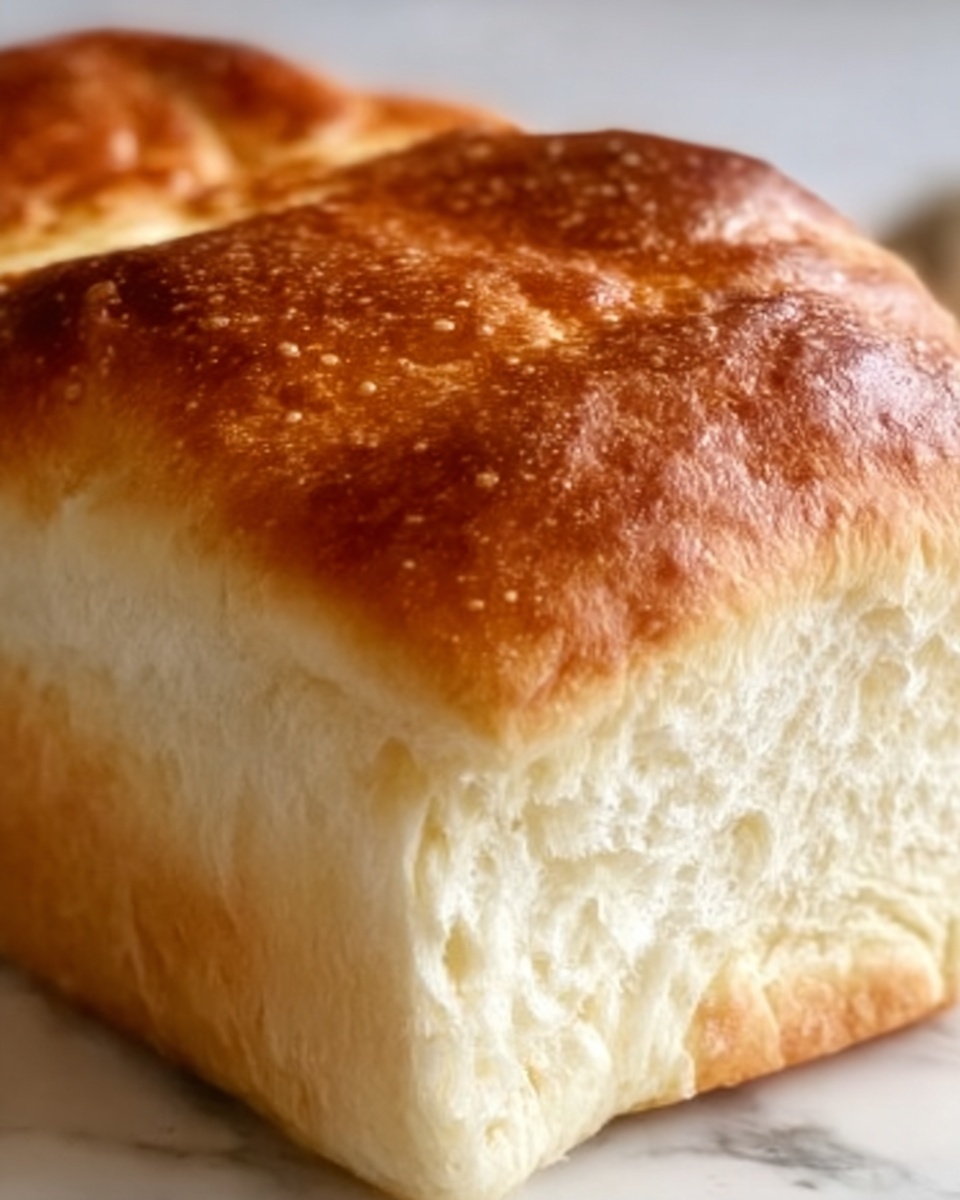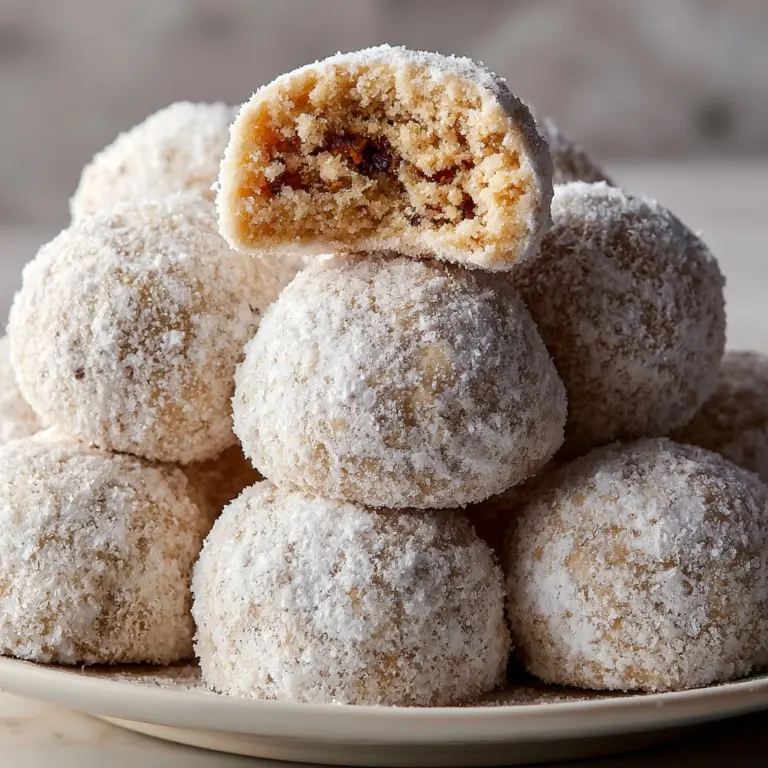If you’ve ever dreamed of baking your own fresh, pillowy bread at home, this Soft Homemade Bread Dough Recipe is going to become your new best friend in the kitchen. It’s a simple yet magical mix of basic pantry ingredients that transforms into warm, soft bread with a golden crust. The perfect balance of flavor and fluffiness makes this dough incredibly versatile, whether you want a classic loaf, delicious rolls, or a comforting side for your meals. Get ready to fall in love with bread baking all over again!
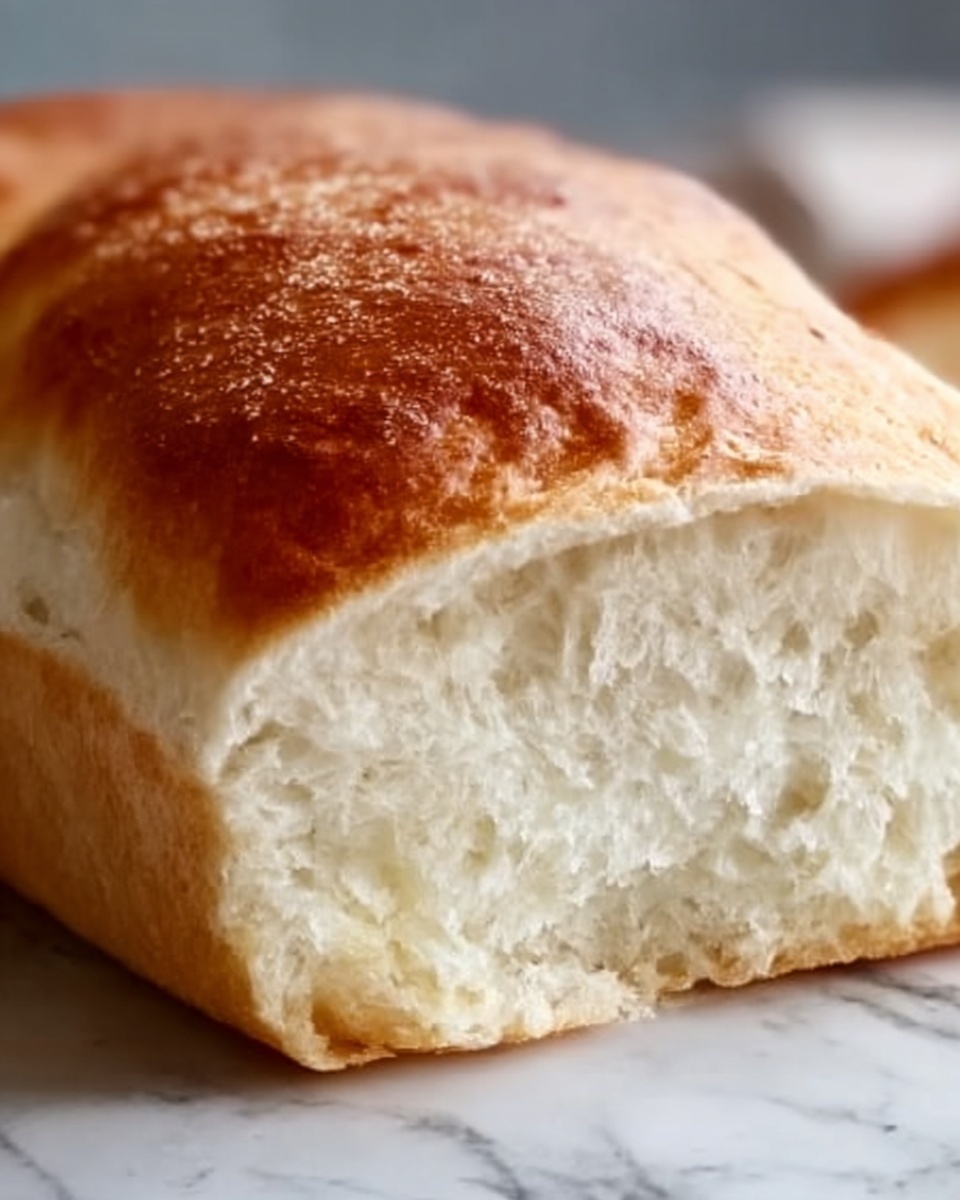
Ingredients You’ll Need
The best thing about this Soft Homemade Bread Dough Recipe is how straightforward the ingredients are. Each one plays a crucial role in creating that perfect texture and taste you crave from fresh bread.
- 2 1/4 tsp active dry yeast (1 packet): This is the magic agent that helps your dough rise and become light and airy.
- 1 tbsp sugar: Feeds the yeast to activate it and adds a subtle sweetness to the bread.
- 1 1/4 cups warm water (110°F or 45°C): The warm temperature wakes up the yeast without killing it, essential for that perfect rise.
- 3 1/2 cups all-purpose flour (more for dusting): Forms the structure of your dough; too much or too little flour can change the bread’s texture.
- 1 tsp salt: Enhances the bread’s flavor and controls yeast activity for balanced fermentation.
- 2 tbsp olive oil (or vegetable oil): Adds moisture and richness, helping the bread stay soft and tender.
- 1 tbsp butter (optional, for softening the dough): For an extra luxurious softness and a subtle buttery flavor.
How to Make Soft Homemade Bread Dough Recipe
Step 1: Activate the Yeast
Start by mixing the warm water and sugar in a small bowl. Sprinkle the yeast over the surface and give it a gentle stir. Let it sit undisturbed for about 5 to 10 minutes until you see a frothy, bubbly layer form on top. This is the yeast waking up and getting ready to work its magic.
Step 2: Mix the Dough
In a large mixing bowl, combine your flour and salt, giving them a quick whisk together. Create a little well in the middle and pour in your yeast mixture along with the olive oil. Mix everything with a spoon until the dough just begins to come together — it’s okay if it looks a bit shaggy at this point.
Step 3: Knead the Dough
Turn the dough out onto a lightly floured surface and start kneading! Use the heels of your hands to push and fold the dough for about 8 to 10 minutes. Aim for a smooth and elastic texture that’s slightly tacky but not sticky. If it feels too sticky, sprinkle a little extra flour, just be careful not to add too much or your bread might turn out dense.
Step 4: Let It Rise
Lightly grease a clean bowl with oil or butter and place your dough inside, turning it so every part gets coated. Cover the bowl with a damp towel or plastic wrap and find a warm spot for it to rise. After about 1 to 1.5 hours, your dough should have doubled in size and be ready for the next steps.
Step 5: Shape the Dough
Gently punch down the dough to release trapped air bubbles. Turn it out onto your floured surface and shape it into a loaf or divide it into rolls or buns. This is your moment to get creative if you like, shaping the dough to suit your mood and occasion.
Step 6: Second Rise
Place your shaped dough onto a baking sheet or into a loaf pan. Cover again and let it rise for another 30 to 45 minutes, until it puffs up beautifully and looks slightly raised.
Step 7: Bake the Bread
Preheat your oven to 375°F (190°C). Bake the dough for about 25 to 30 minutes if you’re making rolls, or 30 to 35 minutes for a loaf. The bread should turn a gorgeous golden brown, and when you tap the bottom, it should sound hollow—a telltale sign it’s perfectly baked.
Step 8: Cool and Serve
After baking, let your bread cool on a wire rack before slicing. This little patience step ensures the texture sets just right. Then, slice it up and enjoy the fruits of your labor—soft, fresh homemade bread that’s a pure delight.
How to Serve Soft Homemade Bread Dough Recipe
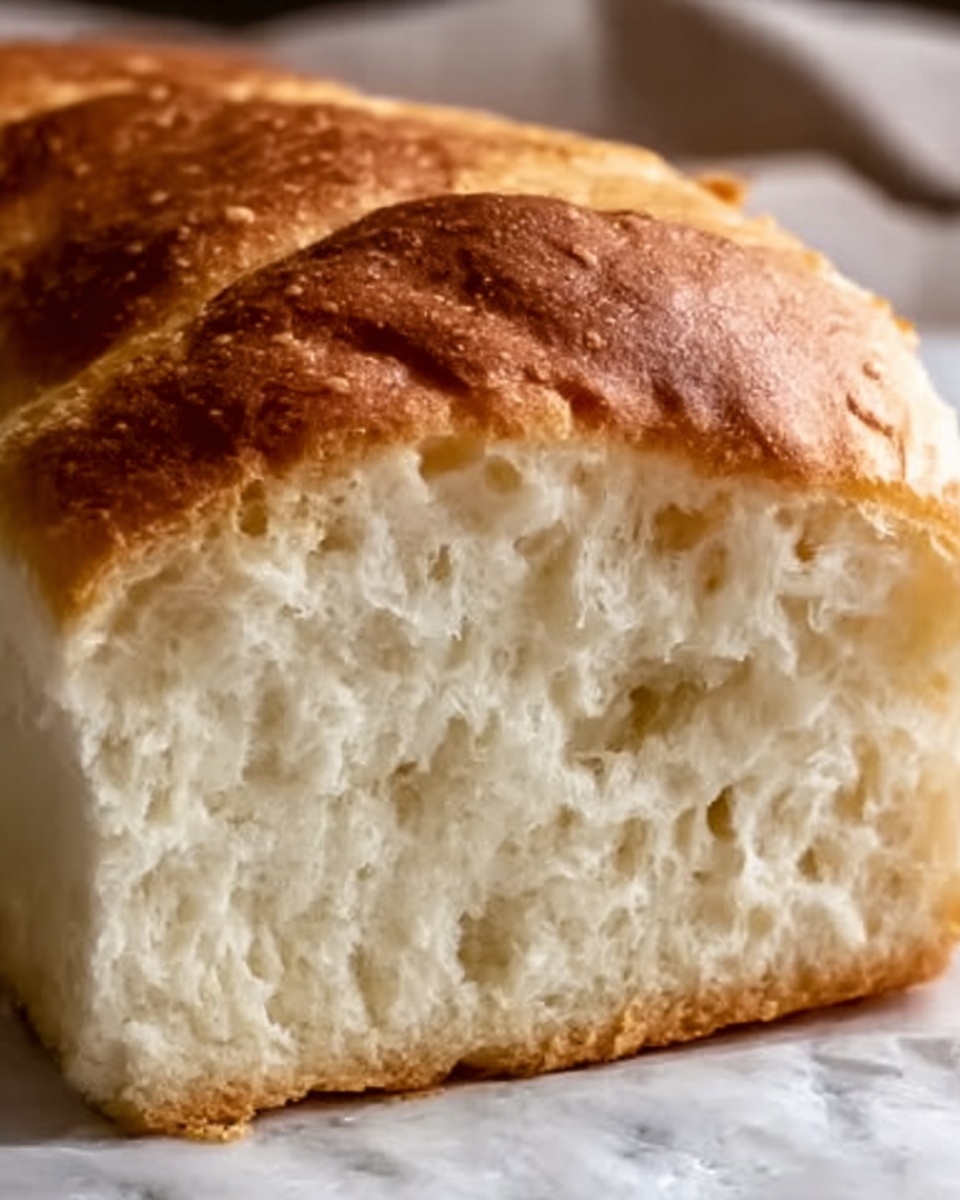
Garnishes
Soft homemade bread loves a little something extra on top before baking. Try sprinkling some sesame seeds, poppy seeds, or coarse sea salt for a burst of flavor and fun texture. Fresh herbs or a light brushing of melted garlic butter after baking also transform simple bread into a showstopper.
Side Dishes
This bread is the perfect companion to so many dishes. It’s incredible alongside hearty soups, fresh salads, or rich pasta meals. Use it to mop up flavorful sauces or enjoy it simply with a smooth spread of butter or jam—there’s no wrong way to savor this bread.
Creative Ways to Present
Turn your Soft Homemade Bread Dough Recipe into delightful pull-apart rolls, sandwich loaves, or even twisted herb breadsticks. You can also shape the dough into mini pizzas or flatbreads before baking for a fun twist that everyone will love at the table.
Make Ahead and Storage
Storing Leftovers
If you have any leftover bread, store it in an airtight container or bread box at room temperature for up to two days. Wrapping it in a clean kitchen towel first can help maintain the crust’s texture while keeping the inside soft.
Freezing
You can freeze your baked bread to enjoy later. Make sure it’s completely cooled, then wrap tightly in plastic wrap followed by aluminum foil. Frozen bread stays fresh for up to three months. When ready to eat, thaw it at room temperature or gently warm it in your oven.
Reheating
When you’re ready to bring your bread back to life, preheat your oven to 350°F (175°C) and warm it for 10 to 15 minutes. If reheating rolls, a few minutes less will do. This quick heating refreshes the crust and revives that soft, fresh-baked interior.
FAQs
Can I use whole wheat flour instead of all-purpose flour?
Absolutely! Whole wheat flour will add a nuttier flavor and denser texture. Consider mixing half whole wheat with half all-purpose to maintain softness while adding wholesome nutrients.
What if my dough is too sticky?
This happens sometimes depending on humidity or flour types. Sprinkle a little more flour gradually as you knead, but avoid adding too much. Sticky dough can produce wonderfully soft bread, so a little tackiness is perfectly normal.
How long does the dough need to rise?
The first rise usually takes about 1 to 1.5 hours, but exact times vary based on temperature. The dough should double in size before moving on. The second rise takes about 30 to 45 minutes until puffed.
Can I make this dough in a bread machine?
You sure can! Add the ingredients in the order recommended by your machine’s manual and select the dough cycle. Once done, shape and bake as usual. It’s a great shortcut for busy days.
Is the butter necessary?
Butter is optional but wonderful for making your bread extra soft and rich. If you prefer a dairy-free or lighter version, olive oil alone works beautifully in this Soft Homemade Bread Dough Recipe.
Final Thoughts
There is something truly special about making your own bread from scratch, and this Soft Homemade Bread Dough Recipe makes that experience both achievable and enjoyable. With just a handful of ingredients and a little time, you’ll create fresh bread that fills your home with irresistible aromas and warm, comforting flavors. So go ahead, roll up your sleeves, and treat yourself to the simple joy of homemade bread—it’s a delicious skill worth savoring.
Print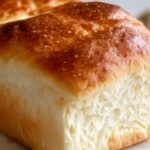
Soft Homemade Bread Dough Recipe
- Prep Time: 15 minutes
- Cook Time: 30-35 minutes
- Total Time: 2 hours 30 minutes
- Yield: 1 loaf or 12 rolls
- Category: Bread
- Method: Baking
- Cuisine: American
Description
This Soft Homemade Bread Dough recipe guides you through creating a fluffy, tender loaf or rolls with simple ingredients and straightforward steps. Perfect for beginners, it uses active dry yeast to achieve a light texture and a golden crust, ideal for sandwiches or as a warm companion to any meal.
Ingredients
Yeast Mixture
- 2 1/4 tsp active dry yeast (1 packet)
- 1 tbsp sugar
- 1 1/4 cups warm water (110°F or 45°C)
Dough
- 3 1/2 cups all-purpose flour (more for dusting)
- 1 tsp salt
- 2 tbsp olive oil (or vegetable oil)
- 1 tbsp butter (optional, for softening the dough)
Instructions
- Activate the Yeast: In a small bowl, combine the warm water and sugar. Sprinkle the yeast over the top and stir gently. Let it sit for 5-10 minutes until it becomes frothy and bubbly, indicating the yeast is active and ready to use.
- Mix the Dough: In a large mixing bowl, whisk together the flour and salt. Create a well in the center and pour in the activated yeast mixture along with the olive oil. Stir until the ingredients begin to come together into a shaggy dough.
- Knead the Dough: Transfer the dough to a floured surface and knead vigorously for 8-10 minutes until it becomes smooth, elastic, and slightly tacky. Add small amounts of flour if the dough is too sticky, but avoid over-flouring to keep the bread light.
- Let It Rise: Lightly grease a clean bowl with oil or butter. Place the dough inside, turning it to coat all sides. Cover with a damp towel or plastic wrap and let the dough rise in a warm area for 1 to 1.5 hours, or until doubled in size.
- Shape the Dough: Gently punch down the risen dough to release trapped air. Turn it onto a floured surface and shape it into a loaf or divide into smaller portions to form rolls or buns, depending on preference.
- Second Rise: Place the shaped dough onto a baking sheet or into a loaf pan. Cover again and let it rise for another 30-45 minutes until puffed and slightly risen.
- Bake the Bread: Preheat the oven to 375°F (190°C). Bake rolls for 25-30 minutes or a loaf for 30-35 minutes, until the bread is golden brown on top and sounds hollow when tapped on the bottom, indicating it is fully baked.
- Cool and Serve: Transfer the bread to a wire rack and let it cool completely before slicing. Enjoy fresh, soft homemade bread perfect for any meal.
Notes
- Ensure water is at the correct temperature (110°F or 45°C) to activate the yeast without killing it.
- Do not add too much flour during kneading to avoid dense bread.
- Allowing the dough to rise in a warm spot is critical for proper fermentation.
- Optional butter in the dough adds extra softness and flavor.
- Use a loaf pan for shaped loaves or a baking sheet for rolls.
- Letting the bread cool completely improves slicing and texture.

